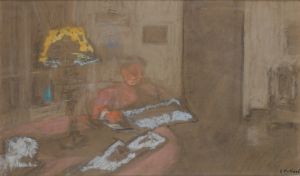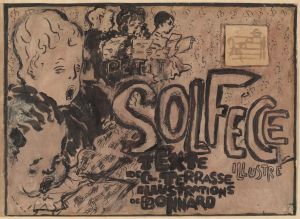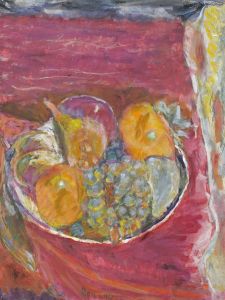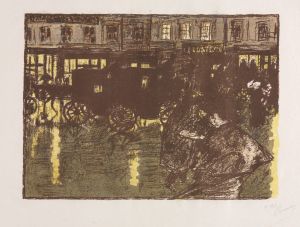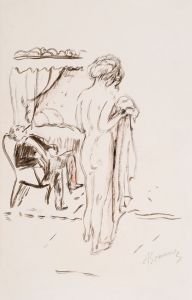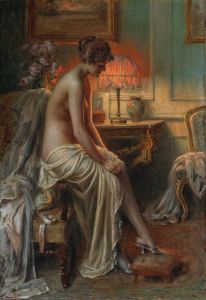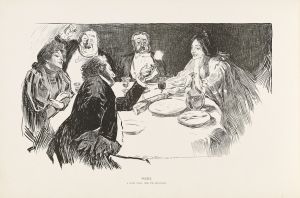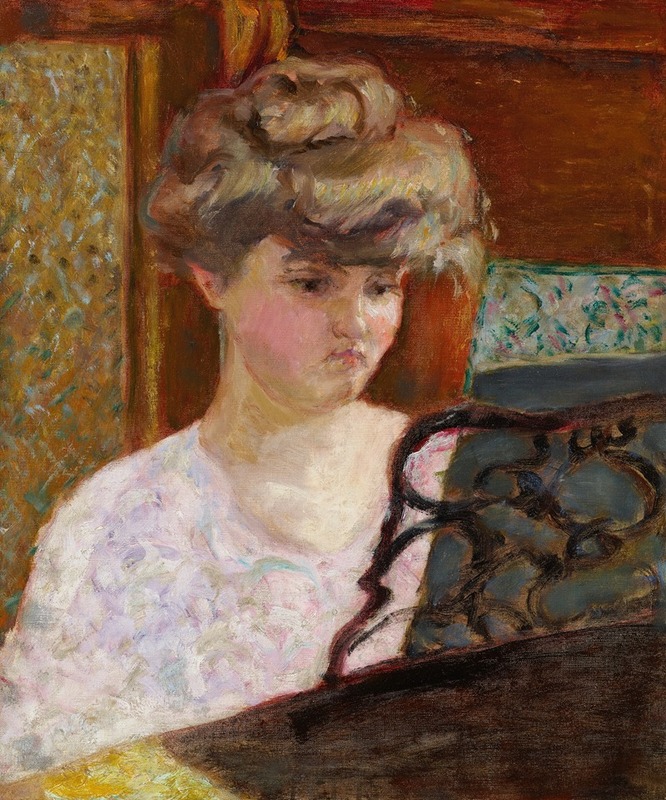
Misia au piano
A hand-painted replica of Pierre Bonnard’s masterpiece Misia au piano, meticulously crafted by professional artists to capture the true essence of the original. Each piece is created with museum-quality canvas and rare mineral pigments, carefully painted by experienced artists with delicate brushstrokes and rich, layered colors to perfectly recreate the texture of the original artwork. Unlike machine-printed reproductions, this hand-painted version brings the painting to life, infused with the artist’s emotions and skill in every stroke. Whether for personal collection or home decoration, it instantly elevates the artistic atmosphere of any space.
Pierre Bonnard's painting Misia au piano is a notable work by the French Post-Impressionist artist, created around 1908. The artwork depicts Misia Sert, a prominent figure in Parisian cultural circles during the late 19th and early 20th centuries. Misia, born Maria Zofia Olga Zenajda Godebska, was a pianist, muse, and patron of the arts who played a significant role in the careers of many artists, writers, and musicians of her time. She was known for her close associations with figures such as Claude Debussy, Maurice Ravel, and Coco Chanel.
In Misia au piano, Bonnard captures Misia seated at a piano, a setting that reflects her identity as a musician and her cultural influence. The painting is characteristic of Bonnard's style, which often emphasized intimate domestic scenes and the interplay of light and color. His use of soft, muted tones and a focus on the atmospheric quality of the interior space are evident in this work. The composition conveys a sense of quiet introspection, with Misia absorbed in her music-making.
Pierre Bonnard was a member of the Nabis, a group of avant-garde artists active in the late 19th century who sought to break away from traditional academic painting. His works often explored themes of everyday life, and he was particularly skilled at portraying the subtleties of human emotion and the nuances of light. Misia au piano exemplifies these qualities, showcasing Bonnard's ability to create a harmonious balance between the subject and her surroundings.
The painting also reflects the cultural milieu of the time, as Misia Sert was a central figure in the artistic and intellectual circles of Paris. Her salons were frequented by some of the most influential creative minds of the era, and she inspired numerous works of art, literature, and music. Bonnard's portrayal of her at the piano highlights her role as both an artist in her own right and a muse to others.
Misia au piano is housed in a private collection, and as such, it is not as widely accessible as some of Bonnard's other works. However, it remains an important example of his ability to capture the essence of his subjects and their environments. The painting is a testament to the enduring legacy of both Bonnard as an artist and Misia Sert as a cultural icon.






